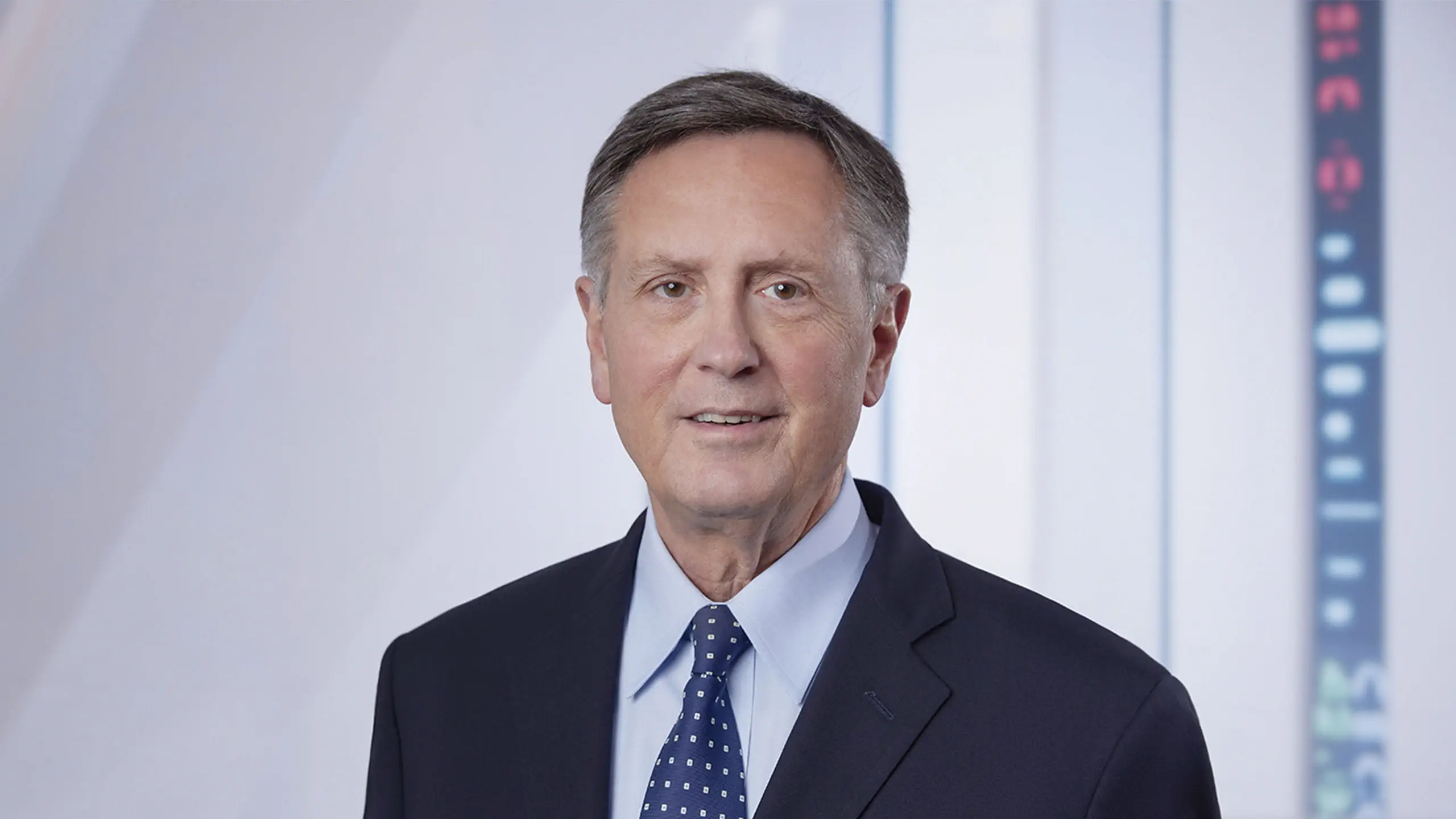
This piece originally appeared in the By Invitation section of The Economist on 30 June 2025.
President Donald Trump has once again been aiming sharp criticism at Jerome Powell, accusing the Federal Reserve chairman of keeping interest rates “artificially high” and being a “bad person.” Although in the past Mr. Trump has argued that the president can under law “fire” the Fed chair if they disagree over monetary policy, this would almost certainly be fought in the courts, including by Mr. Powell himself. Regardless, because Mr. Powell’s second statutory four-year term as Fed chair ends in May 2026, Mr. Trump will soon have a chance to nominate his successor. Given the president’s relentless attacks on the Fed chief since retaking office in January, his nominee’s commitment to resisting pressure from the White House is sure to be closely scrutinized by Congress and financial markets.
The Fed operates with what is known as instrument independence, which means that it can raise or lower interest rates or buy and sell Treasuries without interference from the White House or prior approval from Congress, which itself created the Fed with the passage of the Federal Reserve Act in 1913. History shows that central banks that are shielded from the political process produce better economic outcomes – including lower inflation – than those that are more responsive to political pressure.
Fed independence derives from important statutory protections. One of these is the appointment of Fed governors for 14-year terms on a staggered basis. Another is the stipulation that governors can be removed by the president only “for cause” – often defined as inefficiency, neglect, or malfeasance in office – to ensure that he cannot fire them solely because of policy disagreements. This protection for independent agencies created by Congress was upheld by the Supreme Court in the Humphrey’s Executor case in 1935.
By statute, Fed monetary policy decisions are made not by the chair alone but by a majority vote of the Federal Open Market Committee (FOMC). This key decision-making body, which was also established by Congress, is not a committee in name only; it was designed to limit the power of any one individual in setting policy. The FOMC is composed of seven presidentially appointed and Senate-confirmed governors and five of the presidents of the 12 Federal Reserve district banks – with the latter selected by the commercial banks in their districts, not the president.
The potential threats to Fed independence come from two sources: the courts and the confirmation process for the president’s nominees. The Justice Department in Mr. Trump’s second term is taking a position in numerous cases – including one involving the National Labor Relations Board (NLRB) and another involving the Merit Systems Protection Board (MSPB) – that, in effect, guts the 1935 Supreme Court decision. In the department’s view, such protection is an unconstitutional restraint on the “unitary” executive authority of the president.
A Supreme Court decision to overturn the Humphrey’s Executor ruling would end Fed independence as we know it, unless the court granted a specific exception for the central bank’s governors. Significantly, in a ruling on May 22 the court allowed Mr. Trump to dismiss members of the NLRB and the MSPB without needing to show “cause,” but rejected the argument that its decision “necessarily implicates” the Fed. The court wrote that the central bank is a “uniquely structured, quasi-private entity that follows in the distinct historical tradition of the First and Second Banks of the United States.”
The second potential threat to Fed independence is that whoever succeeds Mr. Powell acts, or is seen as acting, under the influence of the White House. Though it is not unheard of for Fed chairs to politicize monetary policy – such as when the bank under Arthur Burns succumbed to rate-cutting pressure from Richard Nixon when the case for lower rates was unconvincing – there are checks built into the system that limit that risk today. First, because the chair casts just one of 12 votes on the FOMC, he cannot act as an autocrat. If a new chair were to try to pursue a policy demonstrably inconsistent with the congressionally assigned mandate of price stability and maximum employment, he or she could be outvoted, including by Mr. Powell himself if he chose to remain on the Fed board until his term as a governor ends in 2028 – a possibility with precedent that he has not publicly ruled out.
Moreover, Senate confirmation of the nominee, even under Mr. Trump, is not a rubber stamp. Although Republican senators will be inclined to support the president’s choice, lawmakers take confirmations of Fed chairs very seriously, and by all accounts there is strong bipartisan support in the Senate for the head of the central bank to remain politically independent.
Yield to the market?
The bond market will also have a say. Were a Fed nominee to be seen by markets as not fully committed to returning inflation to the 2% target, bond yields would probably rise and market measures of breakeven inflation – the difference between the yields on normal and inflation-protected bonds – would soar. That would complicate the confirmation process, to put it mildly.
Last, perhaps one of the most compelling checks is the fear of being judged a flop by future historians and economists. Even a small amount of armchair history reading should convince any prospective Fed chair that they will be judged first and foremost on their success in fulfilling the Fed’s price stability mandate. History would not be kind to them if they failed.
Reprinted with permission of The Economist.

